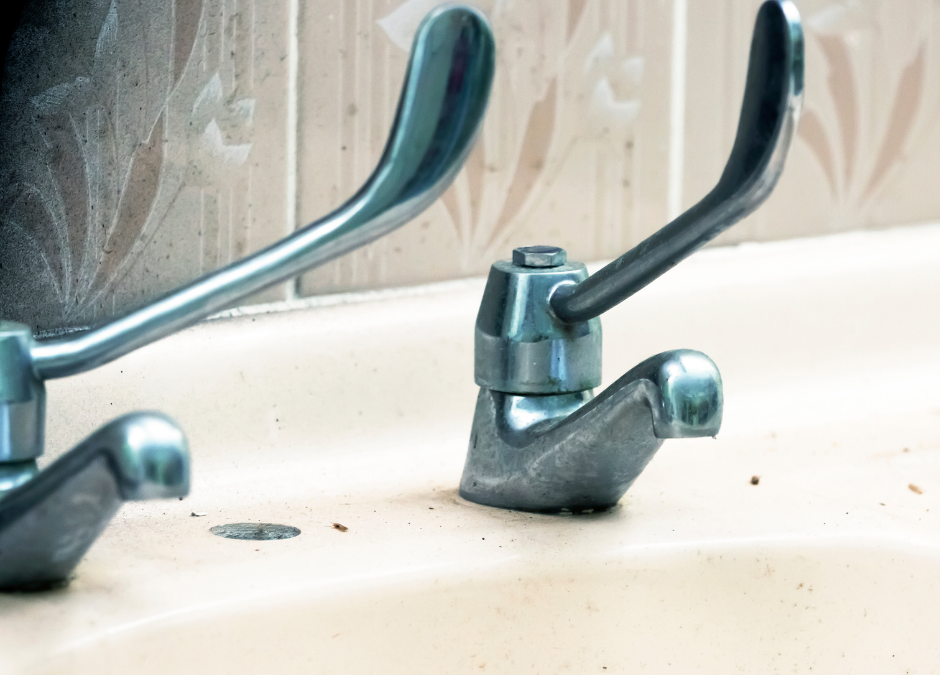In our previous blog, “Spring is in the air“, Bosman Plumbing shared six helpful hints in our spring ‘Exploring Home Resolutions for 2021 series’. With people to see and places to go, we jumped right into spring-cleaning tips, unclogged ourselves from our winter layers and started our spring-cleaning journey.
In one of Bosman Plumbing’s handy spring tips, we talked about descaling and mineral build-up. For those in the know, you’ve already identified some areas in the home with it, especially if you have hard water. Minerals in water, in your sanitary system, are going to collect around your appliances over time. These scaly deposits result from calcium build-up; though harmless, they’re not pleasant to look at.
So how do you remove Calcium Build-up on Faucets?
1. The dreaded C-word: specialised chemicals can be used to wipe down the affected faucet; though a wet cloth and all-purpose cleaner might work, ordinary dish detergent will also work, depending on the build-up. Focus on scrubbing under and at the back of the offending stained faucet. Remember, the area’s water tends to accumulate. Rinse with fresh, clean water, wipe any residue and dry.
2. Good old lemon and lime: wipe calcium build-up with a lemon wedge. Lemons and limes carry a nifty little agent called citric acid. It is well documented that citric acid can help dissolve calcium minerals. This application can be used on chrome, copper, or brass. Once all the nasties are removed, rinse, wipe and repeat.
3. Vinegar can be used in many cleaning applications and, combined with baking soda made up in a paste, makes an excellent noncorrosive scrubber. The paste can be applied to hard to remove calcium deposits. Wrap a bag or cloth around the applied paste and faucet, sit for several hours, and wipe down the surface as normal.
4. Blocked aerator: aerators are the small filters attached to the edge of your faucet. Not all faucets will have them; if installed, unscrew the tinny screen attached to the edge. Just like a showerhead, calcium build-up can be seen in the mesh or dripping component in them. Use an old toothbrush, not your partners, or any other small brush to scrub any residue on the inside. The aerator screen can also be placed in a small bowl with vinegar for an hour, then rinsed and air dry before screwing it back on.
Follow Bosman Plumbing’s helpful guide for getting rid of calcium build-up as industry experts with over 25 years of experience. Bosman Plumbing is there to assist our clients with guidance, value-added resources and extraordinary service. Give our team a call today should you need any post-winter repairs done.

